Long Wave Infrared (LWIR)
Long Wave Infrared (LWIR) imaging is a crucial component of modern thermal imaging technology, unlocking a wealth of applications across various industries. With wavelengths ranging from approximately 7.5µm to 14µm, LWIR imaging holds the key to capturing and analyzing thermal information in a non-visible spectrum. By harnessing LWIR capabilities, organizations can gain valuable insights, enhance situational awareness, and make informed decisions in diverse environmental conditions.
LWIR imaging systems commonly employ uncooled detectors, which provide distinct advantages over their cooled counterparts. Unlike cooled detectors that require cryogenic cooling systems, uncooled detectors operate efficiently at ambient temperatures without the need for additional cooling mechanisms. This inherent simplicity and reliability make uncooled LWIR imagers highly versatile and cost-effective solutions for a wide range of applications. The inherent lower lifetime cost of ownership (due to not needing cooler servicing/replacement) also make LWIR appealing….but while LWIR imagers are a highly useful option for some situations, they are not a one-size-fits-all solution for thermal imaging.
One of the strengths of LWIR imagery lies in its effectiveness in dry or moderately humid environments. The LWIR spectrum allows for the accurate detection and differentiation of thermal contrast between objects and their backgrounds. This capability enables applications such as surveillance, perimeter security, and industrial monitoring, where identifying temperature variations and anomalies is crucial for operational efficiency and safety. This is especially true for short to moderate range surveillance applications; while less expensive LWIR systems can be made to operate with long focal length lenses, uncooled systems (which are inherently less sensitive than the more expensive cooled systems) must use low F-number optics. This means that long focal length optics would become prohibitively large for an uncooled system (since it must maintain the low F-number), and therefore these lenses become too expensive. In practice, this cost limitation means that few commercial lenses for uncooled LWIR imagers exist that are longer than about 250mm, and none are known to be on the market longer than 350mm. Focal lengths longer than this are almost always in the cooled MWIR domain.
It is also important to note that LWIR imaging may face certain limitations in maritime or highly humid environments. The presence of water droplets and excessive humidity in the air can impact the performance of LWIR imagers, potentially reducing their effectiveness in these specific conditions. Environmental factors and range requirements are crucial in determining the detector type and focal length needed for successful thermal imaging.
